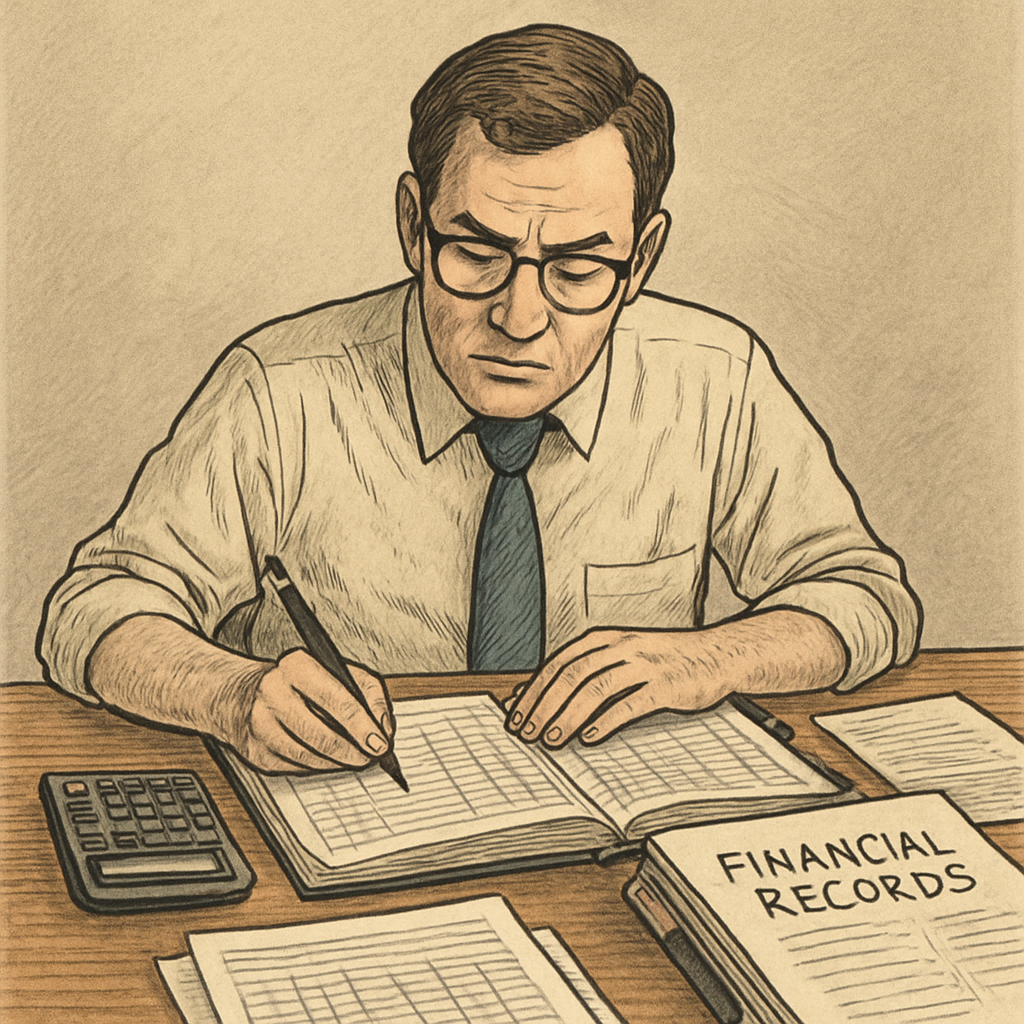Getting back to work after a long weekend may be difficult for many of us. It’d be even more difficult to return to work after a forced long off because of injuries, diseases or conflicts. The break might impact a person in many ways, including physically, emotionally and financially. Workplace Rehabilitation Providers counsel the returning employees and empower each one of them to be a better performer at the workplace.
Who’s a Workplace Rehabilitation Provider?
A workplace rehabilitation provider (WRP) is a group of tertiary-trained health professionals. They focus on the unique requirements of employees and employers in order to accomplish prompt and long-term return-to-work results after an accident or sickness.
A worker’s return to work must be safe and sustainable.
Workplace Rehabilitation Providers are independent of other stakeholders, much like treating health experts. They seek for a safe and sustainable return to work for injured employees, as endorsed by their treating practitioners.
What’s The Role of a Workplace Rehabilitation Provider?
The workplace rehabilitation provider’s primary responsibility is to provide return on investment – both commercially and socially.
Workplace Rehabilitation Providers offer professional advice and expert solutions, when it comes to resolving occupational injuries.
The purpose of WRPs is beyond insurances and working for schemes.
According to years of research on competencies, the following have been identified as essential components of high-quality vocational rehabilitation services:
- vocational counselling,
- personal counselling,
- professional practise, and
- case management
WRPs strive to improve workplace safety, improve productivity and reduce financial burden.
Shared goals, communication, and cooperation among the support team, according to evidence, are essential in enhancing the worker’s clinical and occupational results. Employers and Workplace Rehabilitation Providers (WRPs) work together to evaluate aspects that contribute to an individual’s injury to ensure that –
- the individual’s potential for another workplace harm is avoided,
- their risk of hurting others in their workplace is eliminated or decreased, and
- the workforce’s health is enhanced
As a result, workplace safety and productivity are enhanced and financial burden is decreased.
Conclusion
The core fact is that the impact of injury or illness is not just confined to the workers. The employees’ families and wider social networks are directly influenced by the circumstances that led to injuries, conflict, and sickness. So, organizational rehabilitation providers have a greater purpose of healing the employees.
WRPs key responsibility is to provide return on investment – both commercially and socially.
Safe work places are good in terms of physical, social and financial well-being of employees. Also, it’s proved that the good work is therapeutic and improves healing.
According to the research, the longer an employee is out of work, the less likely they will return. Though returning to work may not always be simple, allowing an injured person to continue working in some role gives them the best chance of a favourable outcome.
The time off work is frequently not medically required and might cause recovery to be delayed. So, in order to make offices more conducive to productivity, organizational rehabilitation is required.



